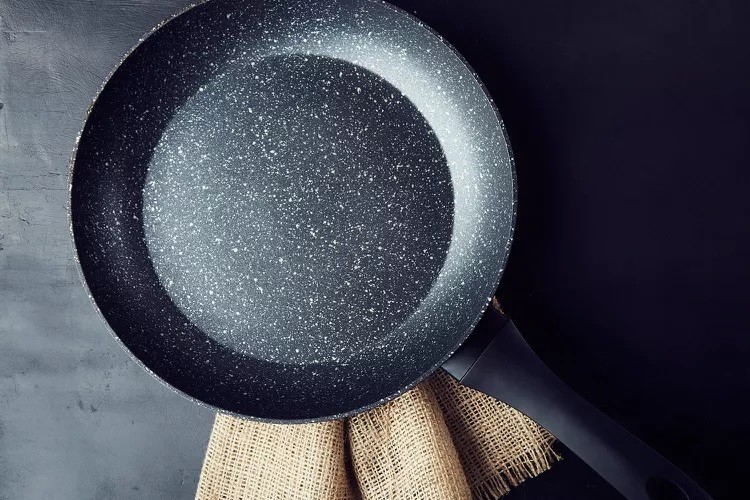31/07/2024
31/07/2024

NEW YORK, July 31: A surge in cases of "Teflon flu," also known as "Polymer fume fever," is raising new questions about the safety of nonstick cookware, commonly associated with the brand Teflon. This illness, linked to the overheating of nonstick pans, is causing increasing alarm among health experts.
Teflon, or polytetrafluoroethylene (PTFE), is widely regarded as chemically inert, non-toxic, and non-flammable under normal conditions, according to a report in Earth and Planetary Sciences. However, problems arise when nonstick pans are left on a burner for too long, causing them to overheat or go dry.
The National Capital Poison Control Center warns that overheating PTFE-coated cookware can release toxic fumes, leading to symptoms of "Teflon flu" or Polymer fume fever. This condition is characterized by flu-like symptoms such as fever, malaise, shortness of breath, chest tightness, and a dry cough, typically appearing a few hours after exposure.
Significant exposure can result in severe health issues, including pulmonary edema, a potentially life-threatening lung congestion, or leukocytosis, an elevated white blood cell count. Pet birds are particularly vulnerable, with even normal cooking heat potentially causing toxic fumes that can lead to sudden death.
The Washington Post reports a notable increase in "Teflon flu" cases, with 267 suspected instances reported last year—the highest number since 2000. Maryann Amirshahi, co-medical director at the National Capital Poison Center, suggests that the illness may be underreported, as symptoms like fever and body aches are often not immediately linked to inhaled fumes.
To reduce the risk of exposure, experts recommend several precautions. Sisavath Keovilay, PhD, from Keiser University's Center for the Culinary Arts, advises using a vent hood system to manage smoke and fumes and ensuring that nonstick pans are never heated without food or cooking oil in them. Shawn Matijevich, lead chef-instructor at the Institute of Culinary Education, suggests starting with a small amount of butter or oil to minimize the breakdown of the pan’s coating.
For those concerned about the risks associated with Teflon, some experts recommend switching to alternatives like cast iron. Keovilay notes that a well-seasoned cast iron pan offers a nonstick surface without the risks associated with PTFE.
As the debate over nonstick cookware safety continues, taking these precautions may help mitigate the risks associated with "Teflon flu" and protect both human and avian health.


